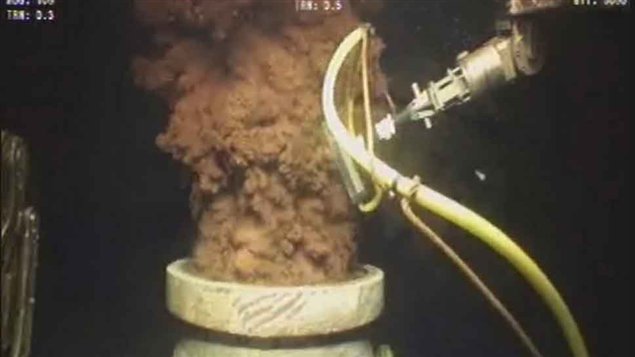Many people remember disastrous ocean oil spills such as the 1989 Exxon Valdez supertanker incident in Alaska, and of course the 2010 BP drilling disaster in the Gulf of Mexico.
A major part of the problem is that cleanup becomes extremely difficult and costly once the oil sticks to a surface, whether that be rocks or sand or plants, birds or the sea floor and marine life.
Canadian engineering researchers at the University of Alberta in Edmonton have developed a promising way to help with clean ups.
While study of how petroleum sticks to various materials on land is relatively easy, trying to study this in a marine environment, ie under water, is very complex.
In trying to develop techniques to perform such underwater studies Professor Sushanta Mitra and his team which includes Prashant Waghmare, and Siddhartha Das, developed a simple material that repels oil, creating a barrier and preventing it from coming into contact with surfaces underwater
Please see the Radio Canada International website for more details.

